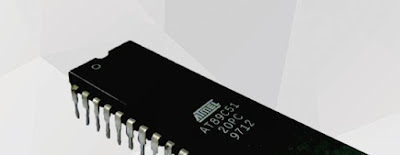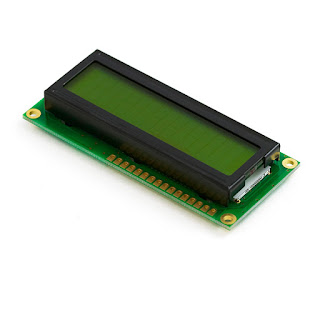STRUCTURES
An a rray is collection of the elements of same type , but many time we have to store the elements of the different data types. A structure is a user defined data type in C. A structure creates a data type that can be used to group items of possibly different types into a single type . Each element of a structure is called a member.It is widely used to store student information, employee information, product information, book information etc. Defining a structure Structure is defined by using struct statement. struct [ structure tag ] { member definition ; member definition ; ... member definition ; } The structure tag is optional and each member definition is a normal variable definition, such as int i; or float f; or any other valid variable definition.


